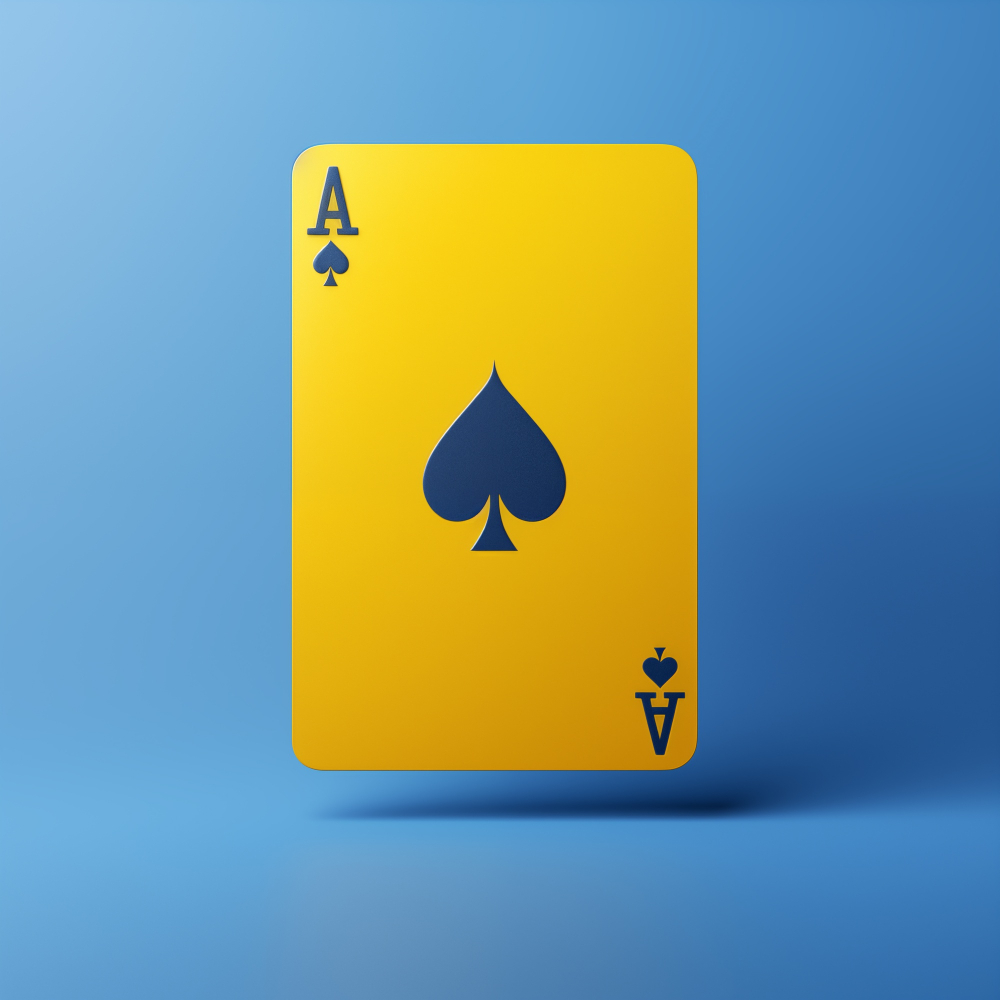Canasta, a captivating card game that blends strategy with the luck of the draw, has emerged as a favorite pastime for players worldwide. Initially hailing from South America, this game has transcended borders, becoming a beloved activity in various cultures. This guide delves into the core of Canasta, offering a comprehensive overview of its rules and detailing instructions on how to play. Whether you’re a novice looking to understand the basics or a seasoned player aiming to refine your strategy, this article is your go-to resource for everything Canasta.
Understanding the Basics of Canasta
Canasta is typically played by four players in partnerships, although versions for two to six players exist. Using two standard decks of cards, including jokers, the game’s primary objective is to score points by making melds – combinations of three or more cards of the same rank, with or without the aid of wild cards (jokers and twos).
Key Components of Canasta
- Decks: Two standard 52-card decks with four jokers are used, totaling 108 cards.
- Players: Usually four, playing in pairs; variations exist for 2-6 players.
- Melds: Combinations of three or more cards of the same rank.
- Canastas: A meld of seven or more cards, which can be natural (without wilds) or mixed (with wilds).
- Red Threes: Valued cards that provide bonus points if melded but penalize if held in hand at the end of a round.
The Game Rules: How to Play Canasta
The game proceeds in a series of hands, where players draw from a stockpile, aiming to create melds and eventually go out by discarding all their cards. Scoring happens at the end of each hand, considering the cards in melds, bonuses for canastas, and penalties for unmelded cards.
Starting the Game
- Partnership and seating are determined randomly.
- Each player is dealt a hand of 11 cards, with two additional stacks (the stockpile and the discard pile) formed from the remaining deck.
Playing a Hand
On their turn, a player draws the top card from the stockpile or takes the entire discard pile under certain conditions. They can then meld cards from their hand or add to existing melds on the table. A player ends their turn by discarding one card onto the discard pile.
Scoring and Winning
| Action | Points |
|---|---|
| Melding Red Threes | 100 each |
| Creating a Natural Canasta | 500 |
| Creating a Mixed Canasta | 300 |
| Going Out | 100 |
To win at Canasta, a team must reach a predetermined score, typically 5000 points, over several hands. Strategy plays an essential role, as players must balance between going out quickly and accumulating points through melds and Canastas.
Tips and Strategies for Winning at Canasta
- Keep an eye on your opponent’s discarded cards to gauge what melds they might be aiming for.
- Prioritize completing Canastas for high-scoring opportunities.
- Use wild cards strategically, as they can be versatile tools for completing challenging melds.
- Remember the value of red threes and aim to meld them as soon as possible for bonus points.
Ultimately, mastering Canasta comes down to practice, strategic thinking, and a bit of luck. By understanding the rules outlined in this guide and applying the tips shared, you’ll not only enhance your playing skills but also deepen your appreciation for this fascinating game. Whether played casually with friends or competitively in clubs, Canasta offers endless hours of entertainment and mental stimulation. Embrace the challenge, and may your melds be plentiful!
